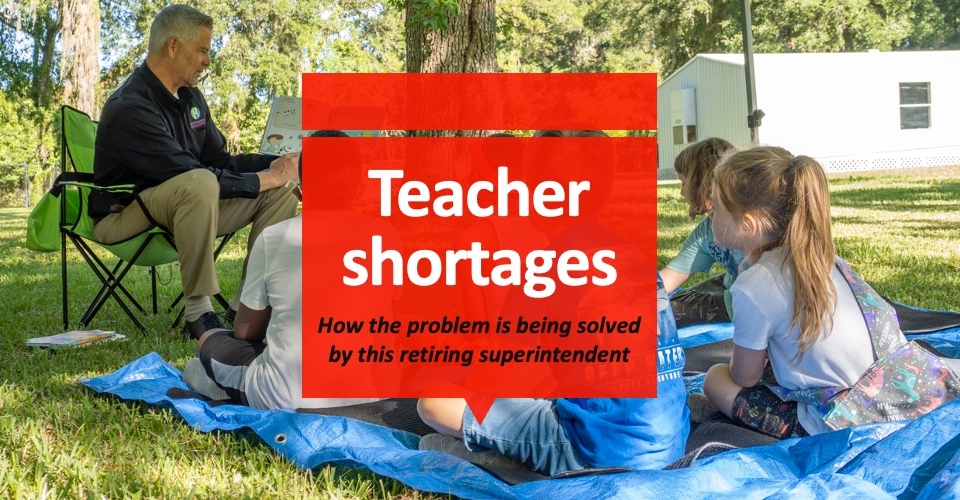In pursuit of our mission to prevent suicide and provide mental health support, the Cook Center for Human Connection works with superintendents, educators, students, families, and mental health professionals across the country. According to a survey we conducted through ParentGuidance.org, our subsidiary in school districts across the nation, 50% of parents worry that their child is struggling, but don’t know how to provide support.
At the same time, 80% of parents and students rely on school districts to provide wellness and mental health resources. As a result, it is more important than ever for districts to maintain strong communication with families to build a strong, healthy school community that is inclusive of those family members. We believe students’ families are helpers, making them key partners in K-12 education ans mental health. Based on my conversations with a wide range of school communities, here are a few keys to improving family engagement.
Making campus inviting
A campus should be inviting to family members and students’ other loved ones. Clark County School District, for example, uses the National PTA’s National Standards for Family-School Partnerships, a set of guidelines that lay out how schools and family organizations can work together to support student success. The standards are built on four “I Principles” of Transformative Family Engagement:
- Inclusive: Does the school embrace and value diverse perspectives?
- Individualized: Does it meet the unique needs of each family and child, rather than focusing on a cookie-cutter approach that may miss individual needs
- Integrated: Does the communication strategy and the school align with the school system as a whole?
- Impactful: Does the school provide the resources families need in order to support student successes?
Clark County also offers a variety of events that include the whole family. Programs, such as the University Family Learning and Family Engagement Centers, aim to provide students and families with educational, leadership and networking information. This includes volunteer and mentorship opportunities, digital academic support in English and Spanish and weekend and evening gatherings designed to bring families into the schools.
‘Talking Out of School’ podcast: Closing the digital access divide
The district also encourages family-led learning and celebrates regular “ceremonies of achievements” to recognize student accomplishments and has also collaborated with The Cook Center for Human Connection to develop and sustain “calm rooms” for students. These spaces help students regulate their emotions during the school day and can be inviting settings for family meetings that make caregivers feel welcomed with relaxing sensory experiences.
Engaging families emotionally
Effective leadership is anchored by emotional connection. Psychologist Kimberly Applewhite notes that emotions help leaders understand the experiences of others. Without that sense of emotional connection, families may feel disconnected from the school environment. To clearly convey that families are part of an ongoing conversation about their child’s education, consider:
- Do you have an outlet to receive feedback?
- Are families taking advantage of that outlet and regularly connecting with your district?
John Bates, a communication expert from Executive Speaking Success, offers neurobiological principles that can prove incredibly helpful when communicating with families:
- Live with the message: Stay with what you have created and the message you have crafted, rather than giving in to the “monkey mind” that has negative things to say about your audience’s perception of your message. Living with the message helps you get a deeper insight into your message and may even provide a fresh look.
- Rearrange and restructure: Your initial take on your communication will likely be too long. That means you can rearrange and restructure it to make it more powerful. Good! Restructure it, read it out loud and cut anything that isn’t directly relevant to the topic at hand.
- Focus on the opening and closing: These segments are the most memorable of any communication and they are what families are most likely to zero in on when they connect with you.
Meeting parents where they live: Online
While face-to-face events and personal emails are powerful ways to build an emotional connection with families, today’s parents will most often interact with their schools through an online portal.
What does your online portal look like for staff and family members? Does it provide timely information and intuitive organization for caretakers to access information quickly and easily? Can they elect to receive messages via text?
If your website isn’t streamlined, chances are, it’s creating a communication barrier between your school and your students’ families. Make sure there are resources, including free community assets and information families may need to know about, on the website. The ParentGuidance.org emblem, for example, can be added to any school website as a no-cost resource for families to get answers to tough questions and emotional scenarios students go through.
The goal of family engagement is not to serve your students’ loved ones but to gain helpers. Engaged family members are more connected to their children’s schools and better prepared to offer the support students need. Effective family engagement starts with a relationship-building process focused on listening.
Inspiring your staff, including valued educators, to implement some of these tools begins with your district administration, then travels down. When staff members have the tools and assets they need to make families and students feel welcomed—and to support mental health—there is an increase in the exchange of ideas, the expression of emotion and the ability to resolve potential problems together.









